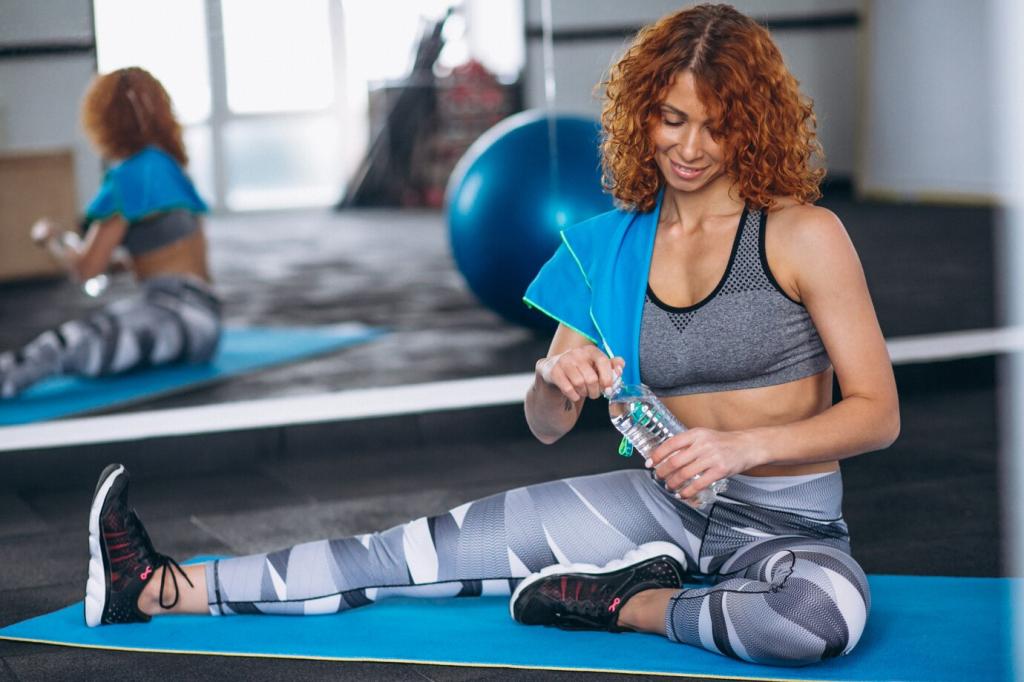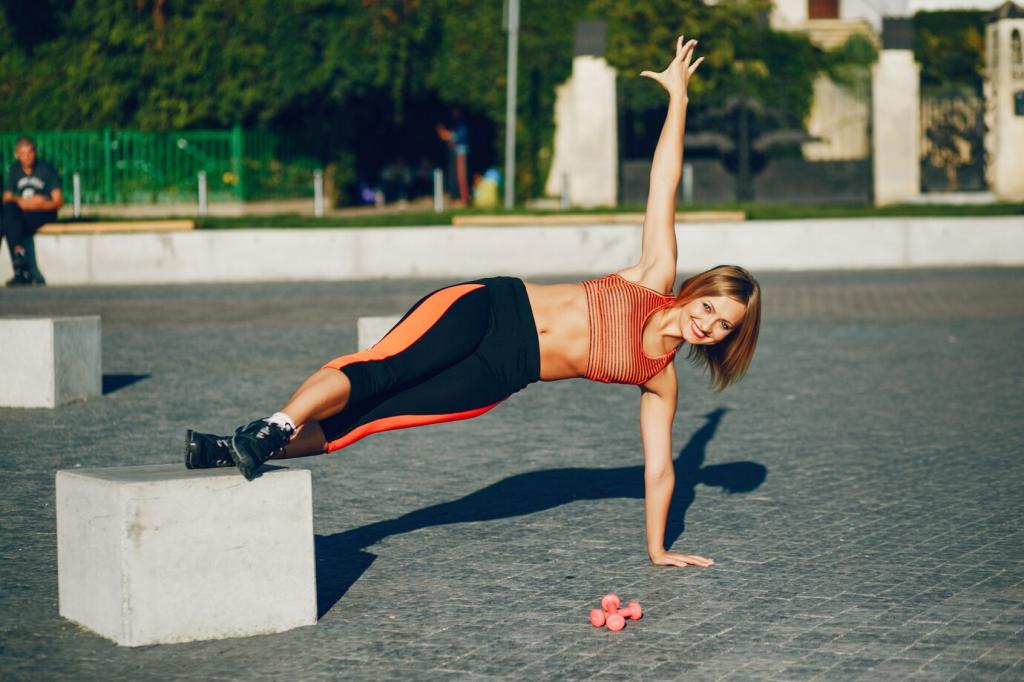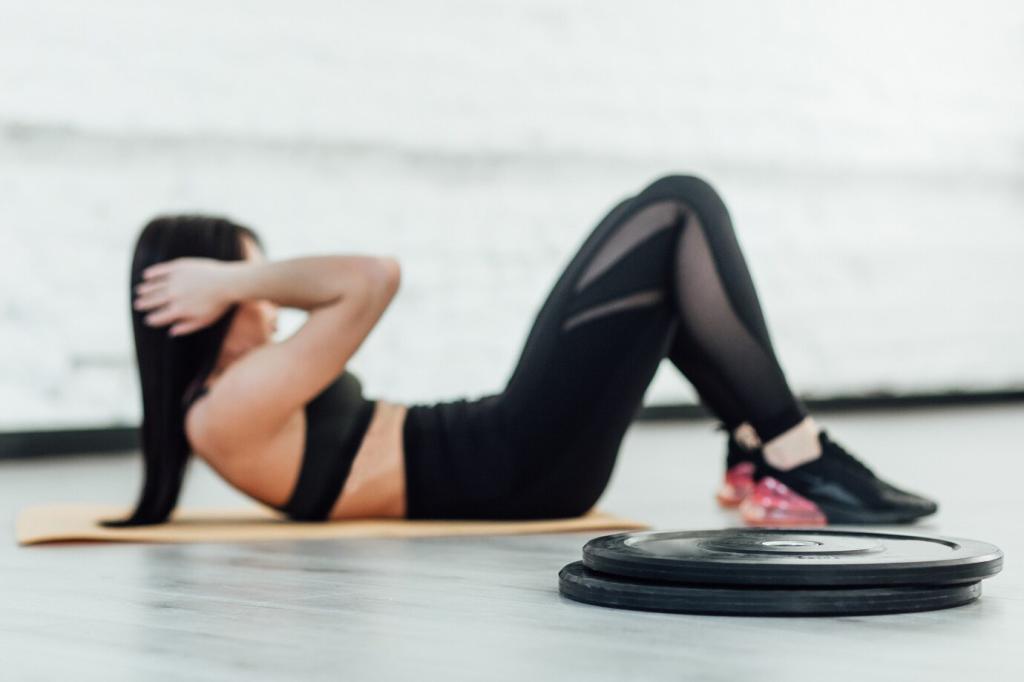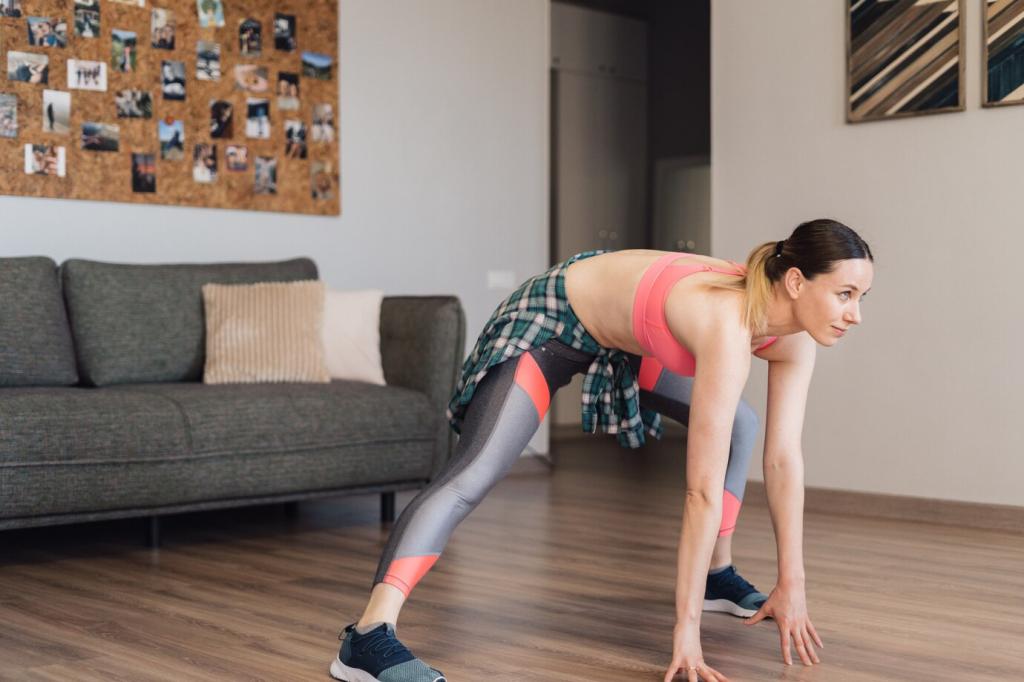Stronger at Every Stage: Adapting Fitness Plans for Different Ages
Today’s chosen theme: Adapting Fitness Plans for Different Ages. No matter your decade, your fitness can grow with you. Here you’ll find practical guidance, warm stories, and tools to adjust intensity, volume, and recovery so your training fits your life—right now. Join in, share your age group, and tell us where you’d like your next plan to take you.

The science of adaptation across decades
Muscle protein synthesis slows slightly with age, connective tissue needs more patience, and VO2 max tends to drift downward without intentional training. That’s the problem. The good news: progressive strength, smart cardio, and consistent mobility work remain powerful levers at every stage when tailored to recovery capacity.
A three‑generation trail story
One spring morning, I hiked with my niece and my dad. She sprinted the switchbacks, he paced them, and I bridged between. Different speeds, same summit. We all finished smiling, reminded that shared goals can be scaled, not sacrificed, when we adapt effort to our age and recovery.
Tell us your stage and goal
Comment with your age group and your biggest fitness aim this season. Are you chasing your first 5K, returning after a break, or building strength for long-term health? We’ll tailor future guides and weekly emails to your responses so every plan feels like it was written for you.



Progressive overload with guardrails
Increase weights or reps gradually while keeping two quality reps in reserve. Anchor three compound lifts each week, then season with accessories. Ten focused minutes of mobility post-workout protects your future self. Share which lift you’re chasing right now, and we’ll send a simple progression you can stick to.
Cross‑training for resilient gains
Alternate running or cycling with rowing, hiking, or short interval sessions to spread impact and build capacity. Cross‑training reduces overuse injuries and keeps motivation fresh. If time is tight, try thirty-minute sandwiches: warm-up, compound lift cluster, brisk cardio finisher. Comment your favorite combo to inspire others.
Stress, sleep, and strength synergy
If work stress spikes or sleep dips, adjust training volume before fatigue forces the issue. Swap a max day for technique work or easy cardio. This flexibility preserves momentum. Track sleep and readiness; small tweaks now save weeks later. Tell us your best recovery hack for busy weeks.


Midlife 40–60: Joint‑Smart Strength and Mobility
Use moderate-to-heavy loads with impeccable form and controlled tempos. Prioritize squats, hinges, pushes, pulls, and carries two to three times weekly. Add power sprinkles—safe kettlebell swings or medicine ball throws—to keep fast-twitch fibers online. Share which movement currently feels best, and we’ll help refine your setup and cues.
Midlife 40–60: Joint‑Smart Strength and Mobility
Five minutes before each session: ankle rocks, hip airplanes, thoracic rotations, and banded pull-aparts. After training, chase range with slow stretches and breath work. These tiny rituals compound into fewer aches and more training days. Tell us your nagging tight spot, and we’ll suggest a two-move prehab fix.
60+ and Beyond: Confidence, Strength, and Balance
Daily strength snacks
Sprinkle micro‑sessions through your day: sit‑to‑stands, countertop push‑ups, light suitcase carries, and step‑ups. Small efforts add up without overwhelming energy. A reader named Irene started with soup cans at 72 and now carries her own potting soil. Share your strength snack, and let’s celebrate steady wins.


Balance training for independence
Practice single‑leg stands near support, heel‑to‑toe walks, and gentle head‑turn drills to challenge the vestibular system. Add light perturbations with a partner for fun. Improving balance reduces fall risk dramatically. Comment your favorite steadying exercise, and we’ll compile a community playlist for daily confidence boosts.
Nutrition by Age: Fuel That Fits the Plan
Aim for a protein-rich meal at each sitting; older adults often benefit from a slightly higher target to support muscle. Distribute evenly across the day and anchor workouts with protein and fiber. Share your go‑to breakfast, and we’ll offer simple tweaks to meet your age‑smart protein goals.
Nutrition by Age: Fuel That Fits the Plan
Calcium, vitamin D, magnesium, and omega‑3s support bone, mood, and recovery; iron matters for active teens and menstruating adults. Color your plate with plants for antioxidants. Consult your clinician for bloodwork before supplementing. Comment with a veggie you actually love, and we’ll send a recipe that highlights it.


Recovery, Monitoring, and Motivation at Any Age
Plan lighter weeks every six to eight weeks, nap when needed, and use easy walks to restore circulation without stress. Recovery is not quitting; it’s priming the next leap. What’s your favorite low‑effort reset? Share it, and we’ll feature community rituals that make consistency feel effortless.
Recovery, Monitoring, and Motivation at Any Age
Track three things: sessions completed, perceived effort, and sleep hours. Optional: steps, heart rate trends, or grip strength. Keep it simple to stay consistent. Post your favorite metric and why it helps you adapt. We’ll create an age‑specific tracker template you can print or save to your phone.
